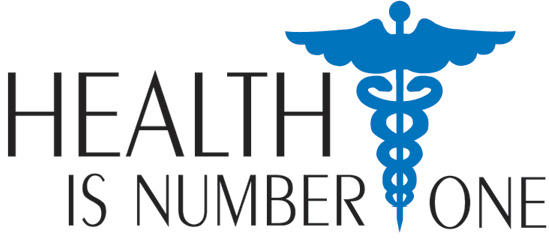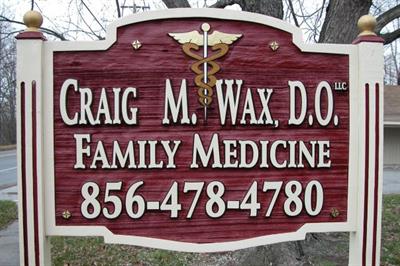Health Library ~ Family Medicine in Mullica Hill, NJAll Material copyright Craig M. Wax, DO unless otherwise denoted. Breast Cancer Info 1. Fibrocystic breast disease is a general term for any benign process and does not increase the risk for breast cancer. 2. 80% of women who develop breast cancer have no family breast cancer history. However, women with a family history of breast cancer are at increased risk. 3. Mammography is a very important tool for detecting early forms of breast cancer. It is not 100% accurate and must be interpreteted in conjunction with a clinical exam by a physician. Any woman who has a breast "lump" needs to have it checked out by a physician even if the mammogram is normal. 4. Generally, the older you are, the higher your risk of breast cancer. The highest incidence is between 55 and 75. After that time, your risk decreases. 5. Most breast cancers are present for eight to ten years prior to the time you or your doctor will feel a "lump." For this reason, it is important to follow your physician's recommendations for mammogram, self-exam and physician examination. 6. Mastectomy is one surgical treatment for breast cancer. It is no guarantee, however, that the cancer will not reccur. Eight to ten percent of women will have a recuurance in the area after surgery. Studies have shown than lumpectomy and radiation may be as effectiveas mastectomy in preventing the return of the cancer. Discuss options with your physician. 7. Most breast cancers, when detected early, can be cured with standard treatments. 8. Men can also get breast cancer, although it is considerably less common. There are about 500 cases of breast cancer in men every year in the US. 9. Breast self-exams, physician exams and mammograms help to detect problems early so that they can have the best outcomes. 10. Eat a healthy diet, exercise regularly, avoid smoking and other toxins to reduce your risk of breast cancer. |
|





